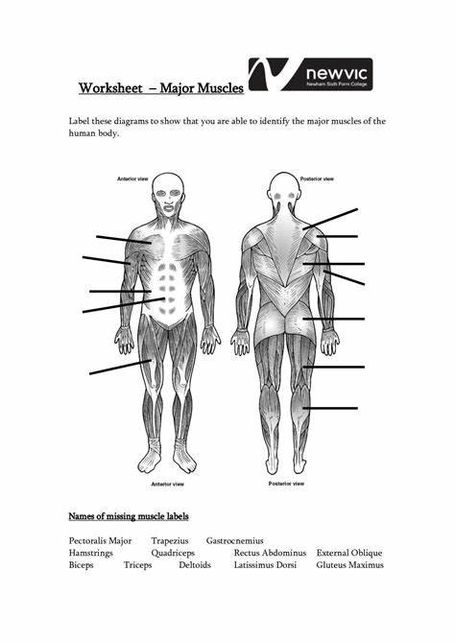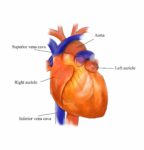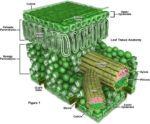The human body is estimated to have around 600 muscles. These muscles are categorized into three types: skeletal, cardiac, and smooth muscles. Each muscle type has a unique structure and function, contributing to the body’s overall movement, stability, and vital functions.
keletal Muscles
keletal muscles are voluntary muscles that control body movements. They are attached to bones by tendons and work in pairs to move limbs and other body parts. Skeletal muscles are striated, meaning they have a banded appearance when viewed under a microscope.
Cardiac Muscles
Cardiac muscles are found only in the heart. They are involuntary muscles that contract to pump blood throughout the body. Like skeletal muscles, cardiac muscles are also striated. However, they are unique because the cells are connected by intercalated discs, allowing them to contract in a coordinated and rhythmic manner.
mooth Muscles
mooth muscles are involuntary muscles found in the walls of hollow organs like the stomach, intestines, and blood vessels. Unlike skeletal and cardiac muscles, smooth muscles are not striated. Their contractions are slow and controlled.
Muscle Anatomy
Each muscle has a complex structure. A muscle is composed of many muscle fibers, each of which is a single muscle cell. These fibers are bundled together into groups called fascicles, which are surrounded by a layer of connective tissue called the perimysium. Each individual muscle fiber is also covered by a layer of connective tissue called the endomysium.
Learning About Muscles
Learning about muscles involves understanding their location, structure, and function. It can be helpful to use a regional approach, starting with the muscles of one body part and then moving on to another. Muscle diagrams, both labeled and unlabeled, can be useful tools for learning. An unlabeled muscle diagram allows you to test your knowledge by trying to identify each muscle.
Unlabeled Muscle Diagrams
Unlabeled muscle diagrams are often used in anatomy and physiology education. These diagrams provide an overview of all the muscles within a specific body region. Studying these diagrams is an ideal first step before moving onto more advanced practices of muscle labeling and quizzes.
In an unlabeled muscle diagram, you can use the location, shape, and surrounding structures to help you memorize each muscle. Once you’re feeling confident, you can test yourself by trying to label the muscles on the diagram.
Conclusion
Understanding muscles, their structure, and their function is a fundamental part of anatomy and physiology. Unlabeled muscle diagrams are a valuable tool in this learning process, allowing you to test your knowledge and improve your understanding of the muscular system.



